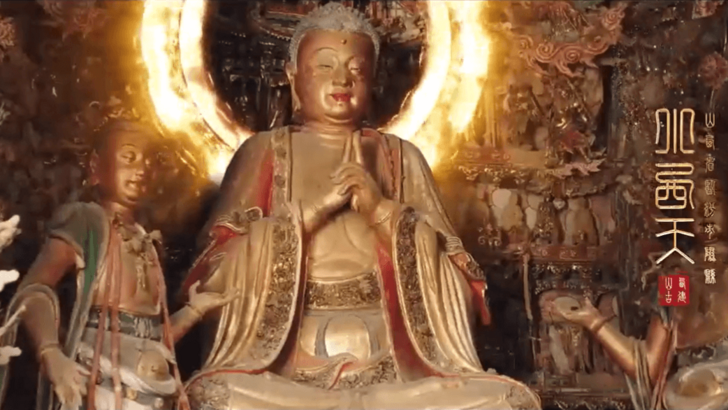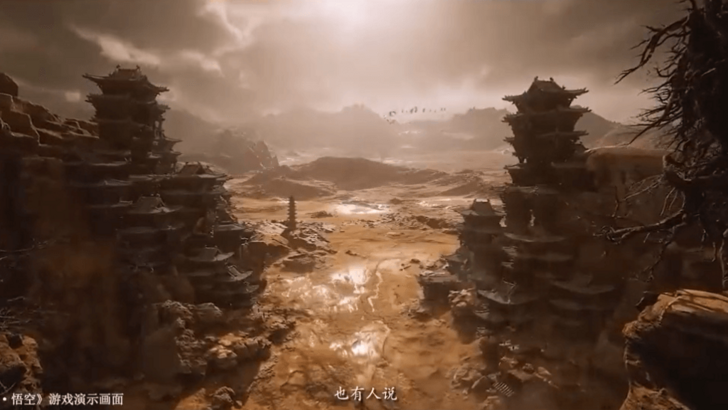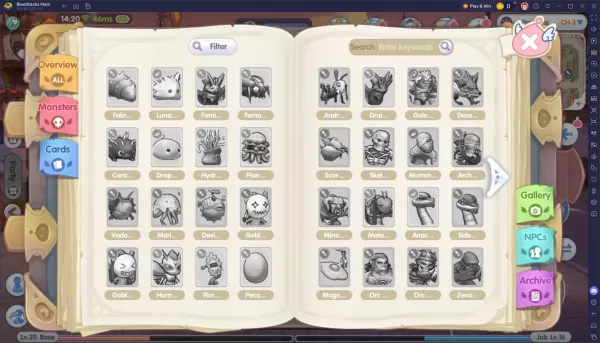 Black Myth: Wukong, a captivating action RPG, is bringing global recognition to China's rich cultural heritage. Discover the real-world locations in Shanxi Province that inspired this breathtaking game.
Black Myth: Wukong, a captivating action RPG, is bringing global recognition to China's rich cultural heritage. Discover the real-world locations in Shanxi Province that inspired this breathtaking game.
Black Myth: Wukong's Impact on Shanxi Tourism
A Gaming Phenomenon Fuels Cultural Tourism
Black Myth: Wukong, based on the classic "Journey to the West," is more than just a successful video game; it's a catalyst for tourism in China's Shanxi Province. The game's stunning visuals, meticulously recreated from real-world Shanxi landmarks, have ignited worldwide interest in the region's cultural treasures.
The Shanxi Department of Culture and Tourism has capitalized on this surge in popularity, launching a promotional campaign highlighting the game's real-world inspirations. A special event, "Follow Wukong's Footsteps and Tour Shanxi," is planned to further boost tourism.
"We've received a flood of inquiries—from customized itinerary requests to detailed guide inquiries," the department shared with Global Times. "We're addressing every request."
Game Science, the game's developer, has masterfully woven Chinese cultural references into Black Myth: Wukong. The game's world evokes ancient China, featuring iconic pagodas, temples, and landscapes reminiscent of traditional Chinese art, transporting players to a realm of emperors and mythical beings.
Shanxi Province, a cradle of Chinese civilization, boasts an unparalleled wealth of cultural heritage—a heritage beautifully reflected in Black Myth: Wukong's virtual world. A promotional video from last year showcased the game's recreation of the Little Western Paradise, complete with its distinctive hanging sculptures and the Five Buddhas.
In the video, these sculptures appear animated, with one Buddha even greeting Wukong. The Buddha's role in the game remains a mystery, but his dialogue suggests a potentially antagonistic relationship with the main character.
While the game's narrative remains undisclosed, it's crucial to note that Wukong is known as the "斗战神" (Dòuzhànshén) or "Warring Deity" in Chinese mythology. This reflects his rebellious nature in the original novel, where he was imprisoned under a mountain by the Buddha after challenging the heavens.
Beyond Little Western Paradise, Black Myth: Wukong faithfully recreates other Shanxi landmarks, including South Chan Temple, Iron Buddha Temple, Guangsheng Temple, Stork Tower, and numerous other significant cultural sites. However, the Shanxi Cultural Media Center emphasizes that these virtual representations only hint at the province's vast cultural richness.
 Black Myth: Wukong's global impact is undeniable. This week, it ascended to the top of Steam's Bestseller charts, surpassing established titles like Counter-Strike 2 and PUBG. The game has also received widespread acclaim in China, celebrated as a landmark achievement in AAA game development.
Black Myth: Wukong's global impact is undeniable. This week, it ascended to the top of Steam's Bestseller charts, surpassing established titles like Counter-Strike 2 and PUBG. The game has also received widespread acclaim in China, celebrated as a landmark achievement in AAA game development.
Explore the phenomenal success of Black Myth: Wukong further by reading the linked article!
 Home
Home  Navigation
Navigation






 Latest Articles
Latest Articles









 Latest Games
Latest Games




![Chubby Story [v1.4.2] (Localizations)](https://imgs.xddxz.com/uploads/85/1719638042667f981a5e9f8.jpg)

![Zia – New Version 0.4 [Studio Zia]](https://imgs.xddxz.com/uploads/47/1719569268667e8b74e6004.jpg)




